Moving straps, also known as lifting or shoulder harness straps, were originally developed in the 1900s. It is based on principles used by professional movers to lift and carry heavy items with less strain.
They were designed to mimic the body's natural leverage points to make lifting easier and more efficient.
While their roots lie in household moves, today, moving straps are indispensable in various industries, such as construction, warehousing, and delivery services.
The need for them could arise from many different reasons, but one thing remains constant: Knowing how to properly use moving straps to reduce the burden of heavy lifting.
Therefore, to make light work of heavy lifting, we have covered the ins and outs of moving straps sprinkled with a dash of humor and a dollop of practical knowledge.
For more information you can also check: Moving Equipment: 10 Tools That Can Be Helpful For You
Purpose of Moving Straps
The purpose of straps for moving lies in their name itself; they are helpful tools designed to make lifting heavy items easier and safer.
They are made of strong materials like nylon or polypropylene and have handles or loops for gripping.
The main goal of these straps is to reduce strain on the body and lower the risk of injuries while lifting by encouraging proper techniques.
Studies show that overexertion and lifting are leading causes of work-related injuries, but using moving straps can significantly reduce this risk.
For instance, if you are doing a DIY move, using moving straps for lifting can be like a real-life embodiment of "working smart, not hard."
Types of Moving Straps
Just like people have different personalities reserved for different friend groups or places, moving straps also come in various types tailored for different needs and scenarios.
Furniture Moving Straps
Furniture straps for moving are designed to help lift and carry bulky furniture items such as sofas, mattresses, and cabinets.
Benefits:
- Reduced Strain: By distributing weight more evenly, these straps reduce strain on the back and shoulders.
- Improved Control: They provide better control and balance when maneuvering large furniture through tight spaces.
To make your move easy and smooth, you always contact: Best Furniture Moving Companies.

A study by the National Institute for Occupational Safety and Health (NIOSH) found that using furniture-moving straps reduced spinal compression forces by up to 50% compared to traditional lifting methods.
Lifting Straps for Moving
Lifting straps can be used for various lifting tasks, including moving furniture, appliances, or heavy boxes.
Benefits:
- Enhanced Leverage: Lifting straps use leverage to make heavy items feel lighter, reducing the effort required.
- Reduced Risk of Injury: These straps help prevent muscle strains and back injuries by promoting proper lifting techniques.

According to a study published in the Journal of Occupational and Environmental Hygiene, lifting straps can reduce peak exertion force by up to 60% during lifting tasks.
Shoulder Dolly Moving Straps
Shoulder dolly straps are worn over the shoulders and allow the lifting and carrying of heavy objects using the body's stronger muscles.
Benefits:
- Hands-Free Operation: You don’t have to use your hands to stabilize and maneuver the item being moved.
- Even Weight Distribution: Helps distribute weight across the shoulders and upper body, reducing strain on the back.

Research conducted by ergonomic experts demonstrated that shoulder dolly straps can reduce the risk of lower back injuries by up to 80% compared to manual lifting.
For detail overview, read this: Hand Truck Vs Dolly – Which One To Choose
Appliance Moving Straps
Appliance moving straps are designed to lift and move large household appliances such as refrigerators, washing machines, and stoves.
Benefits:
- Secure Gripping: These straps securely grip appliances for safe and controlled lifting.
- Protects Floors: Helps prevent damage to floors and surfaces during appliance transportation.

A survey conducted by the American Chiropractic Association revealed that using appliance moving straps reduced the incidence of back injuries among movers by 70%.
How to Use Moving Straps Properly
Moving straps are like your trusty sidekicks during a move. They are there to lend a hand when you are dealing with heavy furniture or awkwardly-shaped items. Think of them as your reliable partner against backaches and muscle strains.
You must understand how to use them properly to get the most out of them. Here is a step-by-step guide on how to use them effectively.
- Select the Right Straps: Choose the type of moving straps that best suit your needs and the specific items you will be moving. Whether it's shoulder straps, forearm straps, or lifting straps, ensure they are appropriate for the weight and size of the items.
- Inspect the Straps: Before each use, carefully inspect the straps for any signs of wear, fraying, or damage.
- Adjust for Comfort: Put on the straps according to the manufacturer's instructions and adjust them to fit comfortably.
- Position Yourself Properly: Stand facing the item you intend to lift, with your feet shoulder-width apart and knees slightly bent. Maintain a stable base of support and keep your back straight to reduce the risk of injury.
- Lift with Proper Technique: Bend your knees and securely grasp the handles or straps. Use your legs to lift the item rather than relying solely on your back muscles.
- Communicate with Your Partner: If you are lifting with a partner, communicate clearly and coordinate your movements.
- Move Slowly and Steadily: Take your time when carrying the item, moving slowly and steadily to maintain control.
- Take Breaks: If you are moving heavy items over a long distance, rest regularly to prevent fatigue or strain.
Forearm Straps vs. Shoulder Straps – Which One to Choose
Imagine you are getting ready for a big move, staring down at your items like Mount Everest of boxes and furniture, and you are confused about whether to use a forearm strap or a shoulder strap.
When it comes to choosing between forearm and shoulder straps, it's like choosing between two heroes—each has its strengths and abilities.
Let's break down these two moving straps for better understanding.
| Aspect | Forearm Straps | Shoulder Straps |
|---|---|---|
| Design | Consist of straps that wrap around your forearms | Consist of straps that go over your shoulders |
| Weight Distribution | Distribute weight to your forearms and wrists | Distribute weight to your shoulders and back |
| Muscle Engagement | Engage forearm and wrist muscles primarily | Engage shoulder and upper back muscles primarily |
| Stability | Provide stability for lifting and carrying | Provide stability and balance during movement |
| Ease of Use | Can be easier for some to control heavier items | May provide better control for taller individuals |
| Mobility | Limit range of motion for arms and hands | Allow more freedom of movement for arms and hands |
| Recommended Use | Suitable for lifting items with lower centers of gravity | Ideal for lifting taller or bulkier items |
After looking at the comparison, you can say that each moving strap has its advantages. If you are facing a mountain of boxes or smaller furniture, forearm straps might be your best option. But, if you are dealing with taller or bulkier items, moving shoulder straps could be your reliable partner.
Before choosing any moving strap, think about what feels right for you, your muscles, and your moving items.

The National Institute for Occupational Safety and Health (NIOSH) reports that ergonomic interventions, such as providing workers with proper lifting equipment and training, have significantly reduced the risk of musculoskeletal injuries.
Lifting With or Without Moving Straps
Lifting heavy objects, whether with or without moving straps, requires proper technique and consideration. But which one is the safest option?
| Scenario | Without Moving Straps | With Moving Straps |
|---|---|---|
| Task: Lifting heavy packages | Workers lift packages manually using only their strength, leading to an increased risk of strain and injury. | Workers use moving straps to lift packages, distributing weight more evenly and reducing strain on muscles. |
| Injury Rate: | Higher risk of work-related injuries due to lifting without proper equipment. | Reduced risk of injuries as moving straps promote safer lifting techniques. |
| Efficiency: | Slower pace due to physical strain and fatigue. | Improved efficiency as workers can handle heavier loads with less effort. |
| Statistics: | According to OSHA, overexertion injuries account for a significant portion of workplace injuries. | Studies show that moving straps can reduce muscle strain by up to 50%. |
How to Choose the Right Type of Moving Strap
When moving heavy items, having the right equipment can make all the difference. Let's discuss how to choose the right moving strap without stress.
- Consider the Weight and Size: Assess the items you'll be moving to determine the appropriate weight capacity and size of the straps needed.
- Evaluate Your Strength: Choose a strap that aligns with your physical capabilities.
- Assess Mobility: Determine how each type of strap will affect your mobility, especially if navigating tight spaces or stairs.
- Check Durability and Quality: Look for straps made from high-quality materials with reinforced stitching and sturdy buckles.
- Consider Special Features: Evaluate additional features like padded cushions or ergonomic designs for enhanced comfort and performance.
- Try Them Out: If possible, test different types of straps to find the one.
Key Considerations When Using Moving Straps
Using moving straps can make the task much more manageable and safer. However, it is essential to use them correctly to avoid injury or damage to your belongings.
Here are some key considerations to keep in mind when using moving straps:
- Before attempting to move large items, ensure there's enough clearance and pathways clear of obstacles.
- Ensure that the weight of the item is evenly distributed between you and your lifting partner.
- Make sure you wear heavy-duty, close-toed shoes that aren't slippery to avoid losing control of the object.
- Always lift with your legs and keep your back straight to reduce the risk of injuries.
- Double-check that the straps are securely fastened and adjusted to fit comfortably around your body.



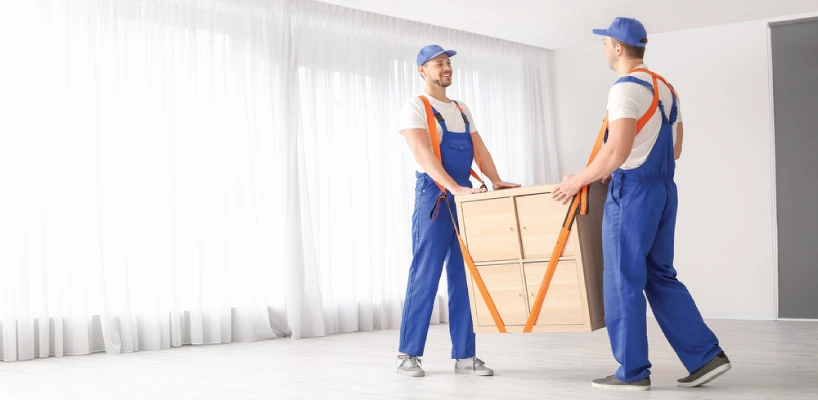



















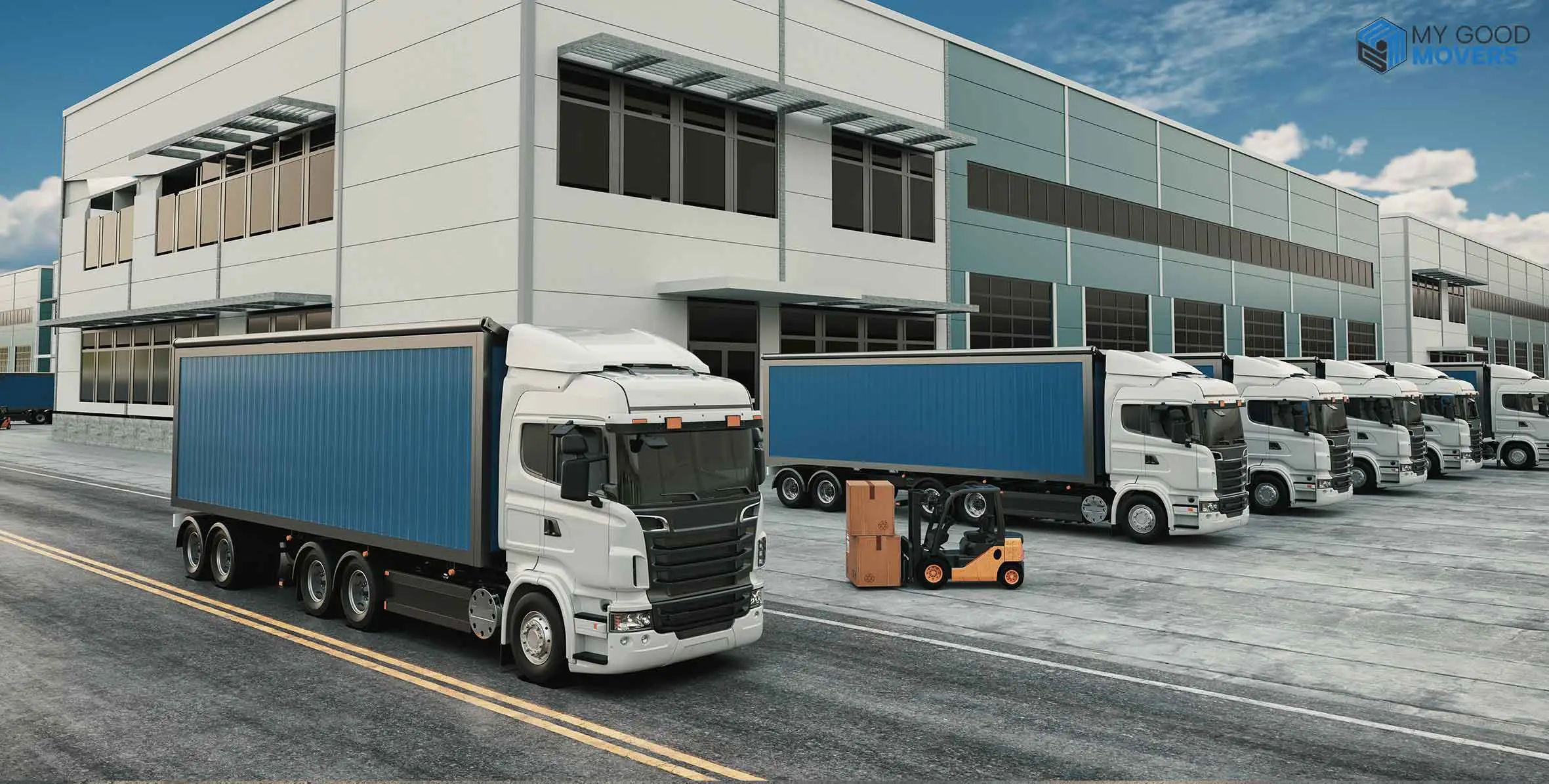








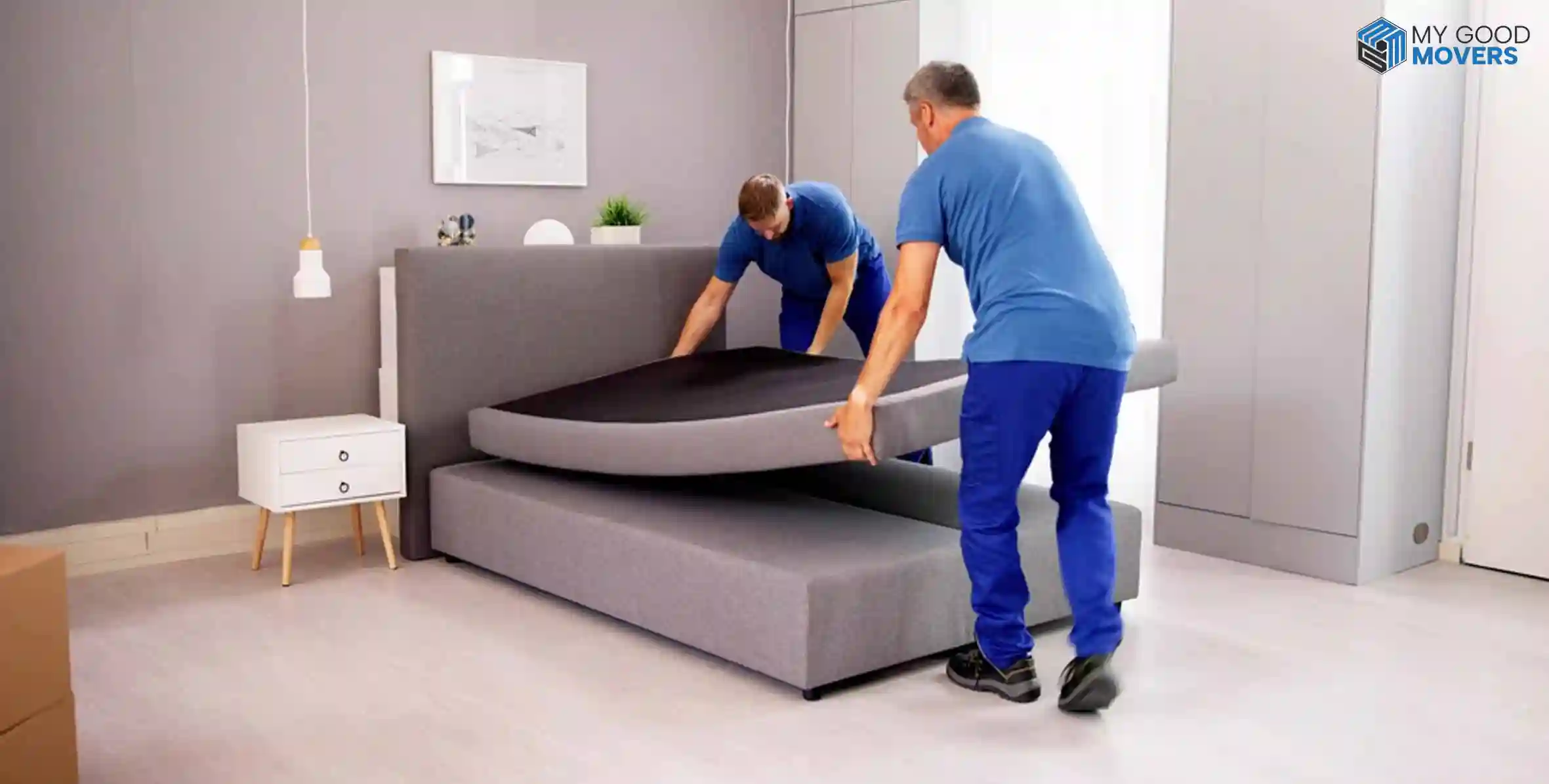

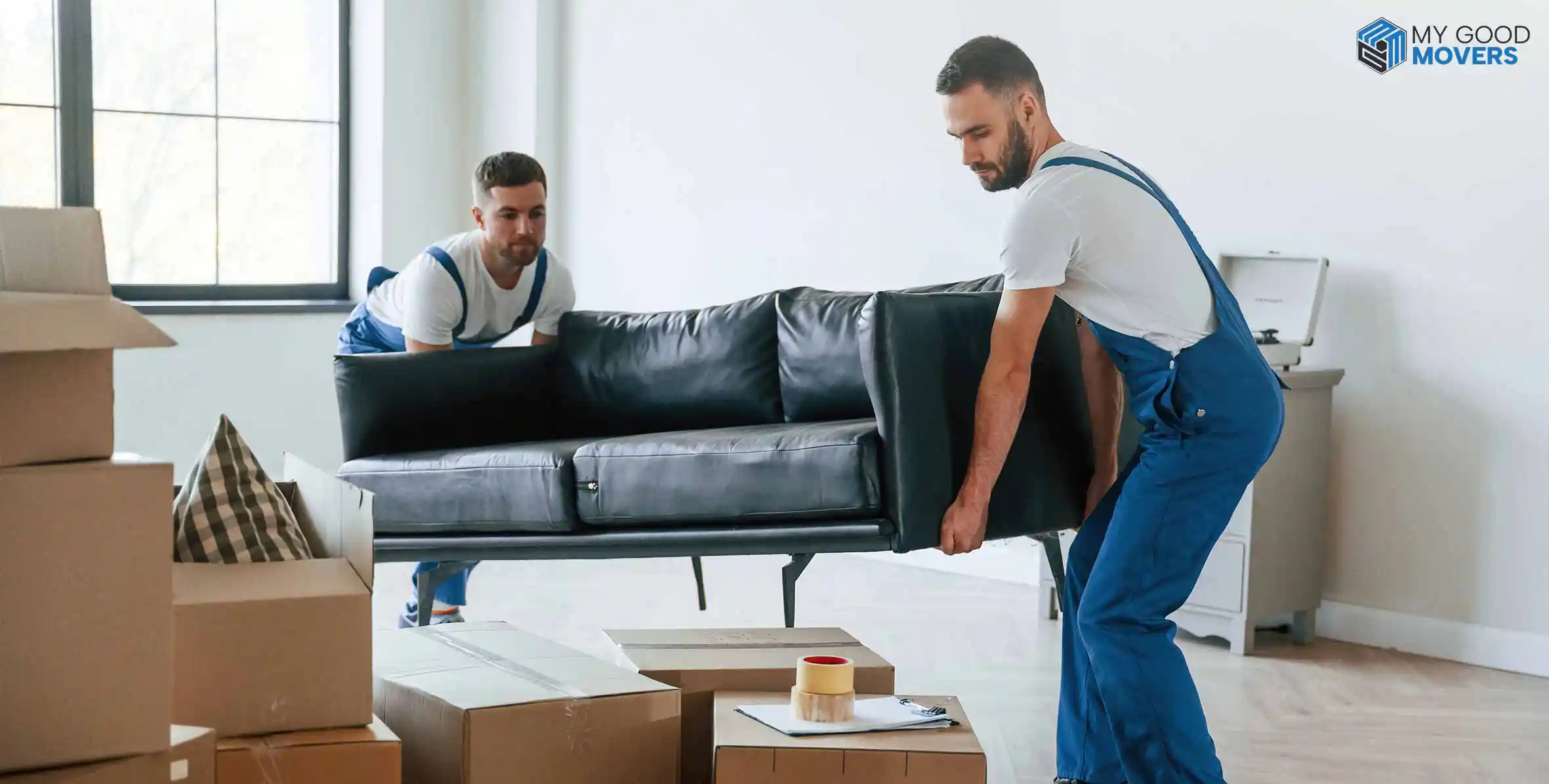

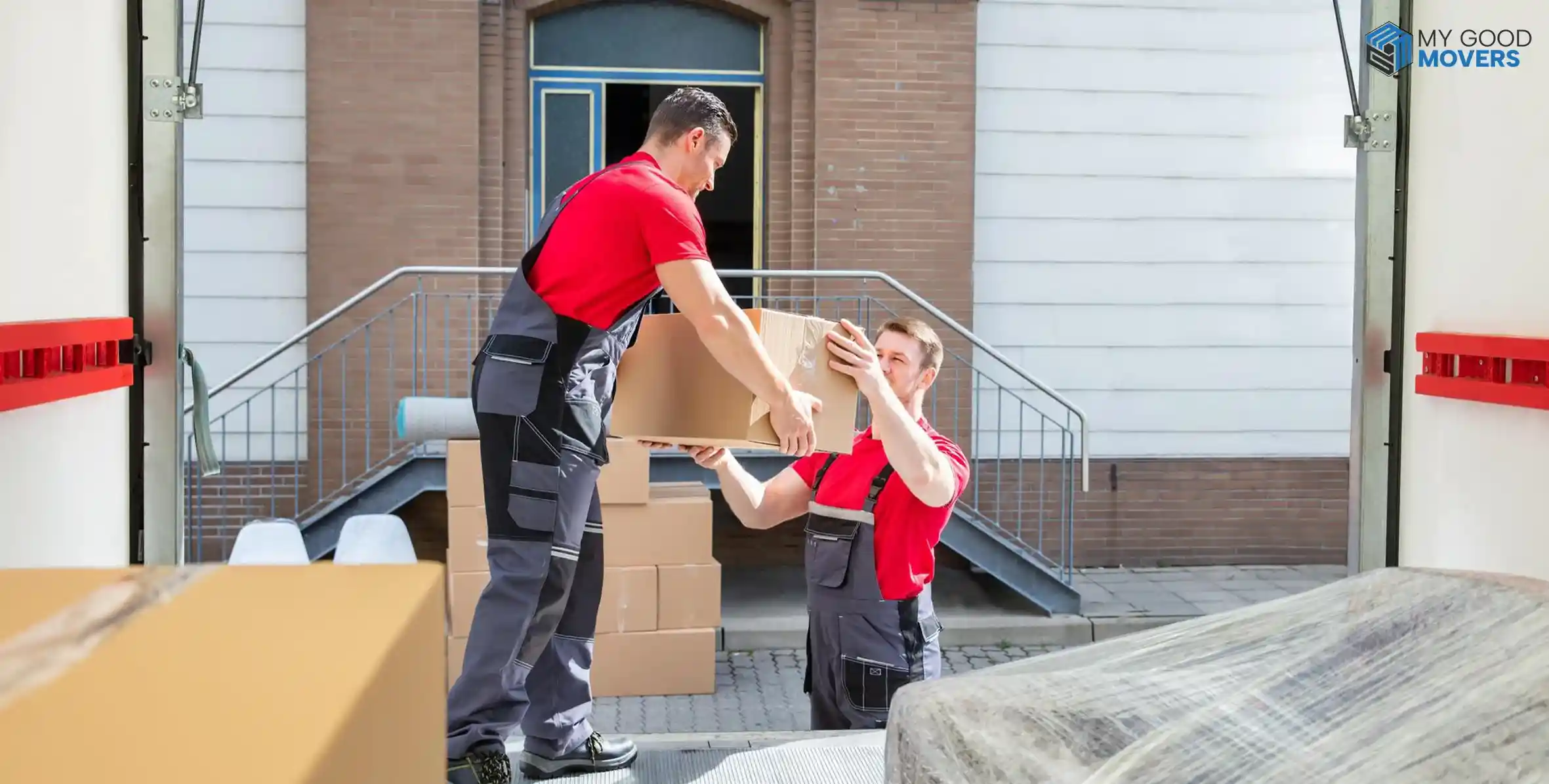




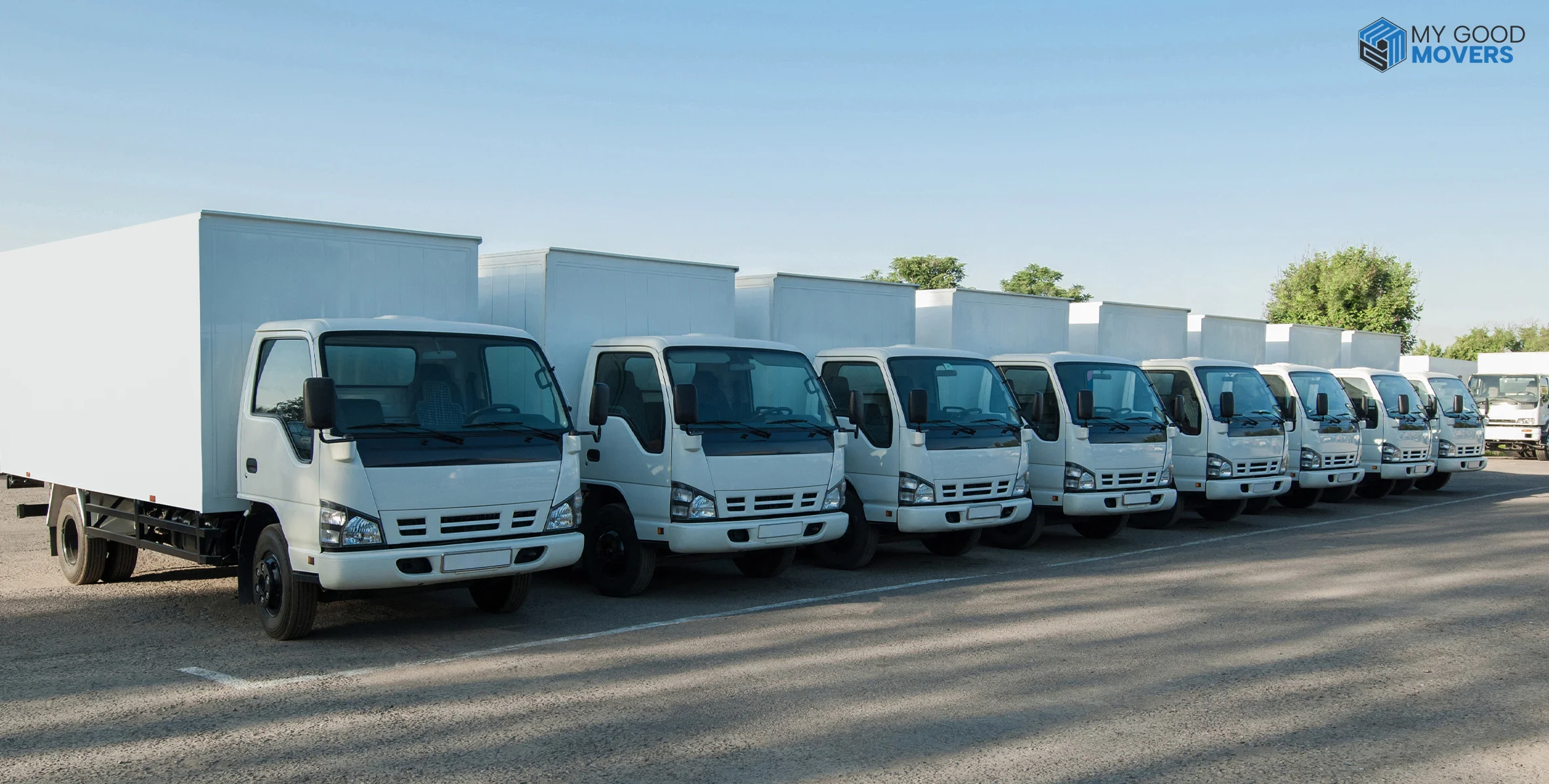













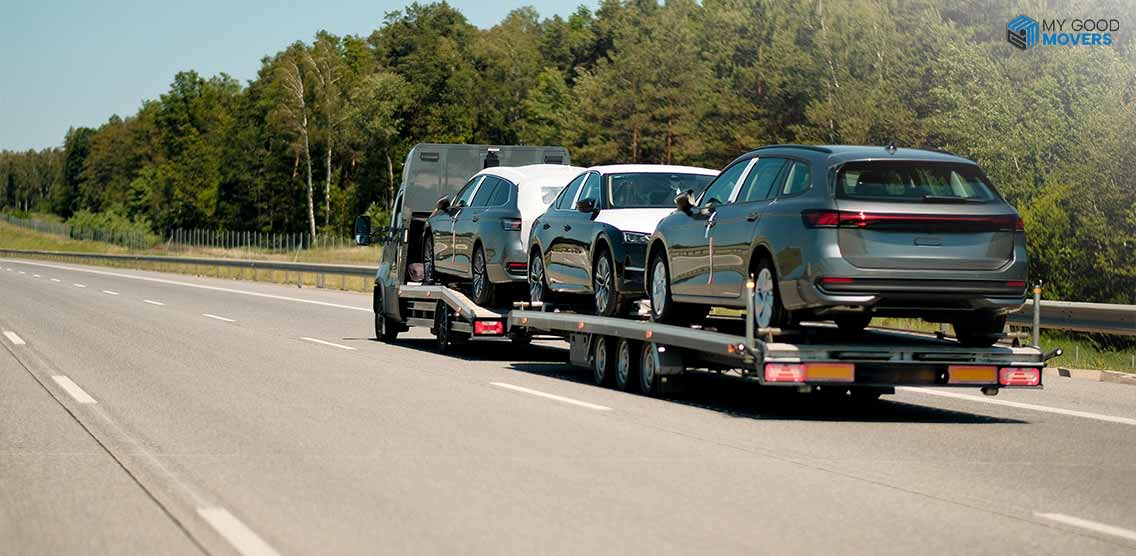
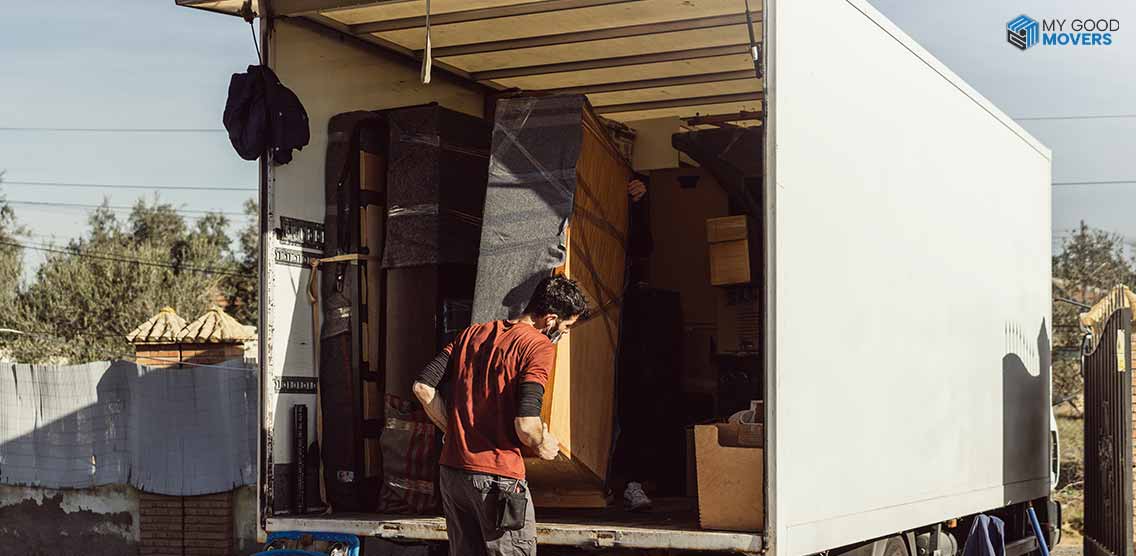



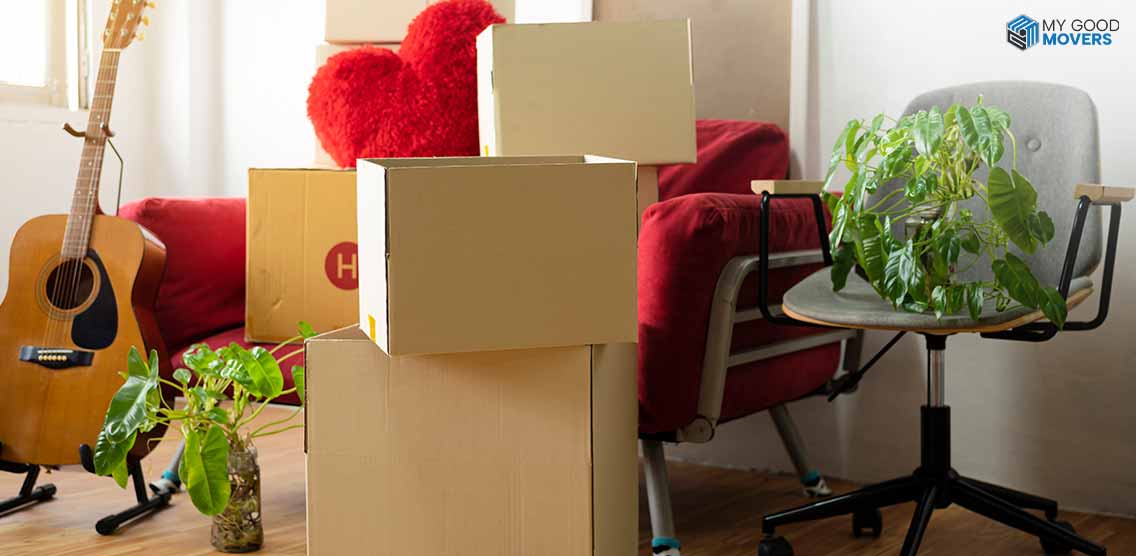




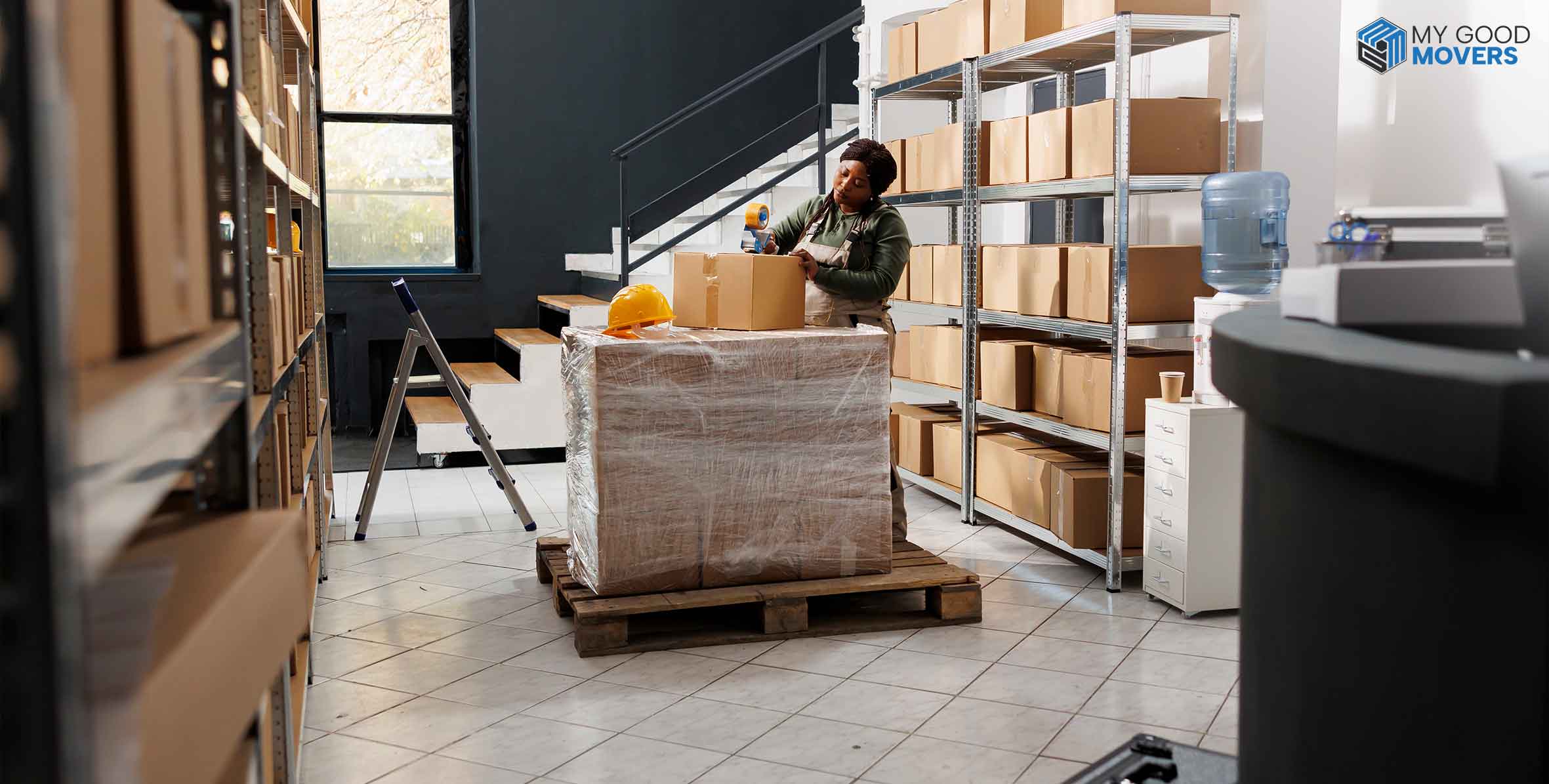







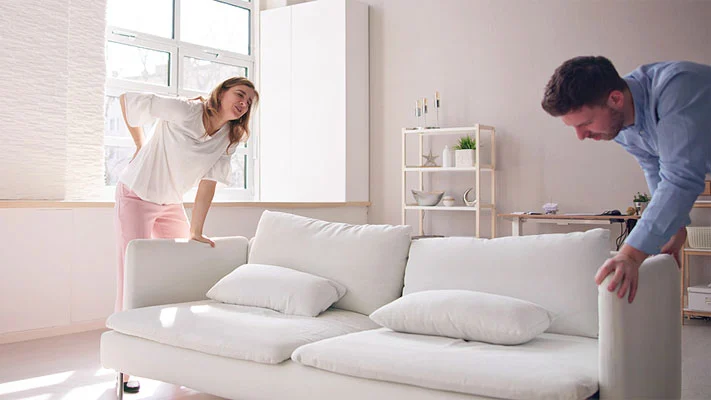



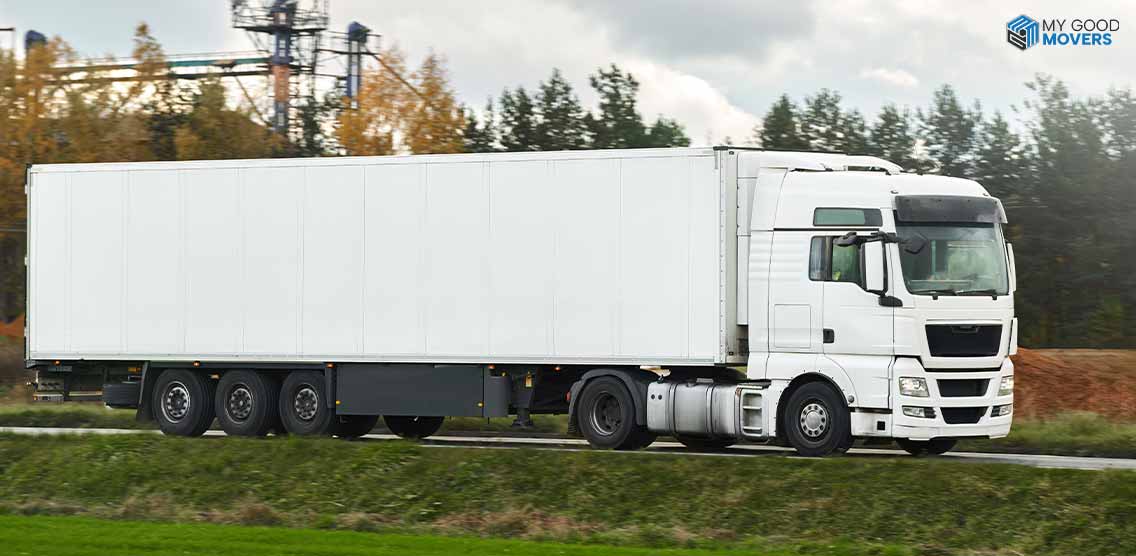





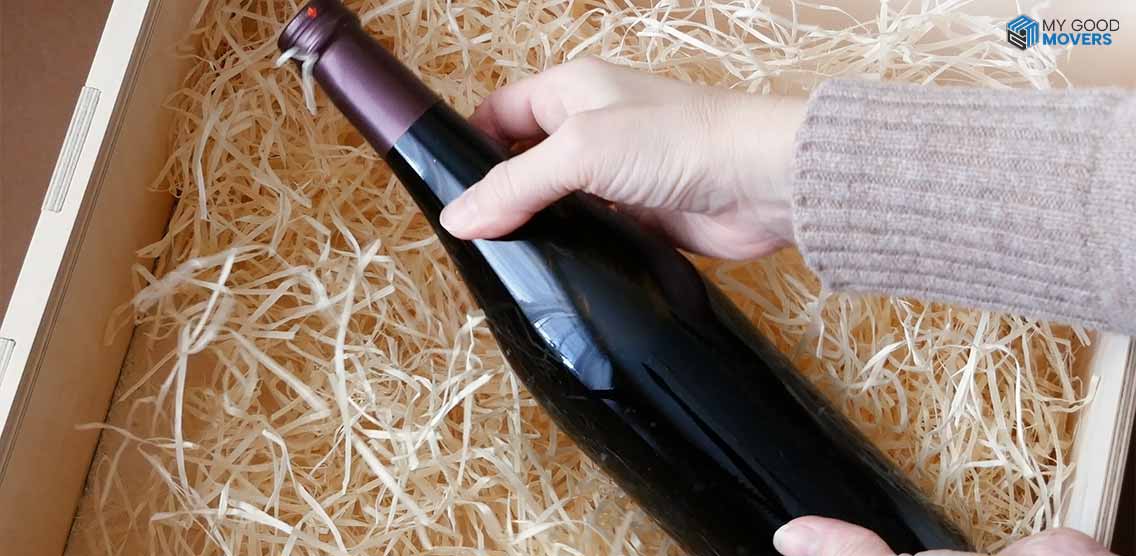

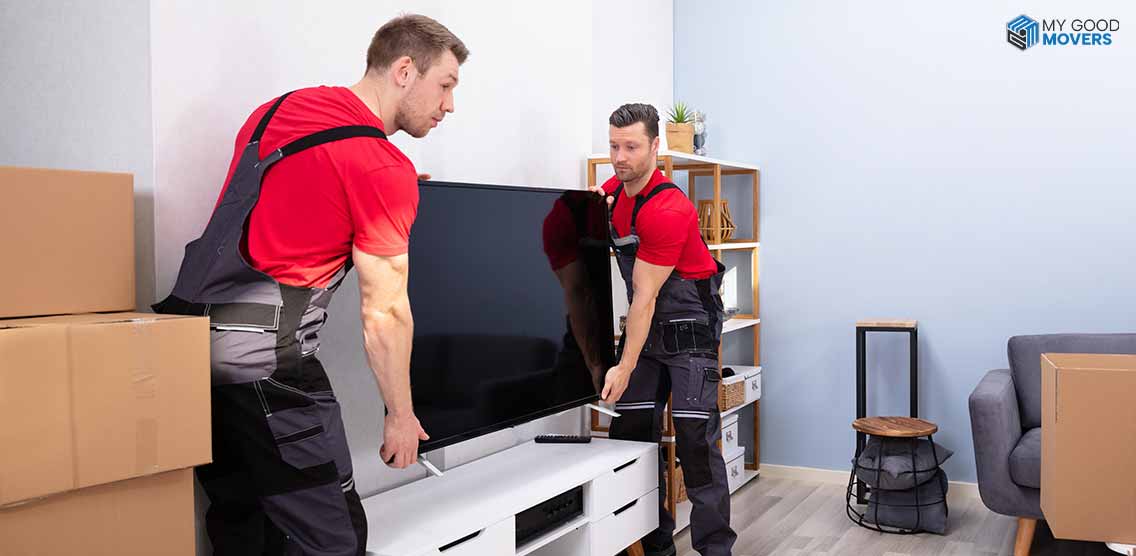





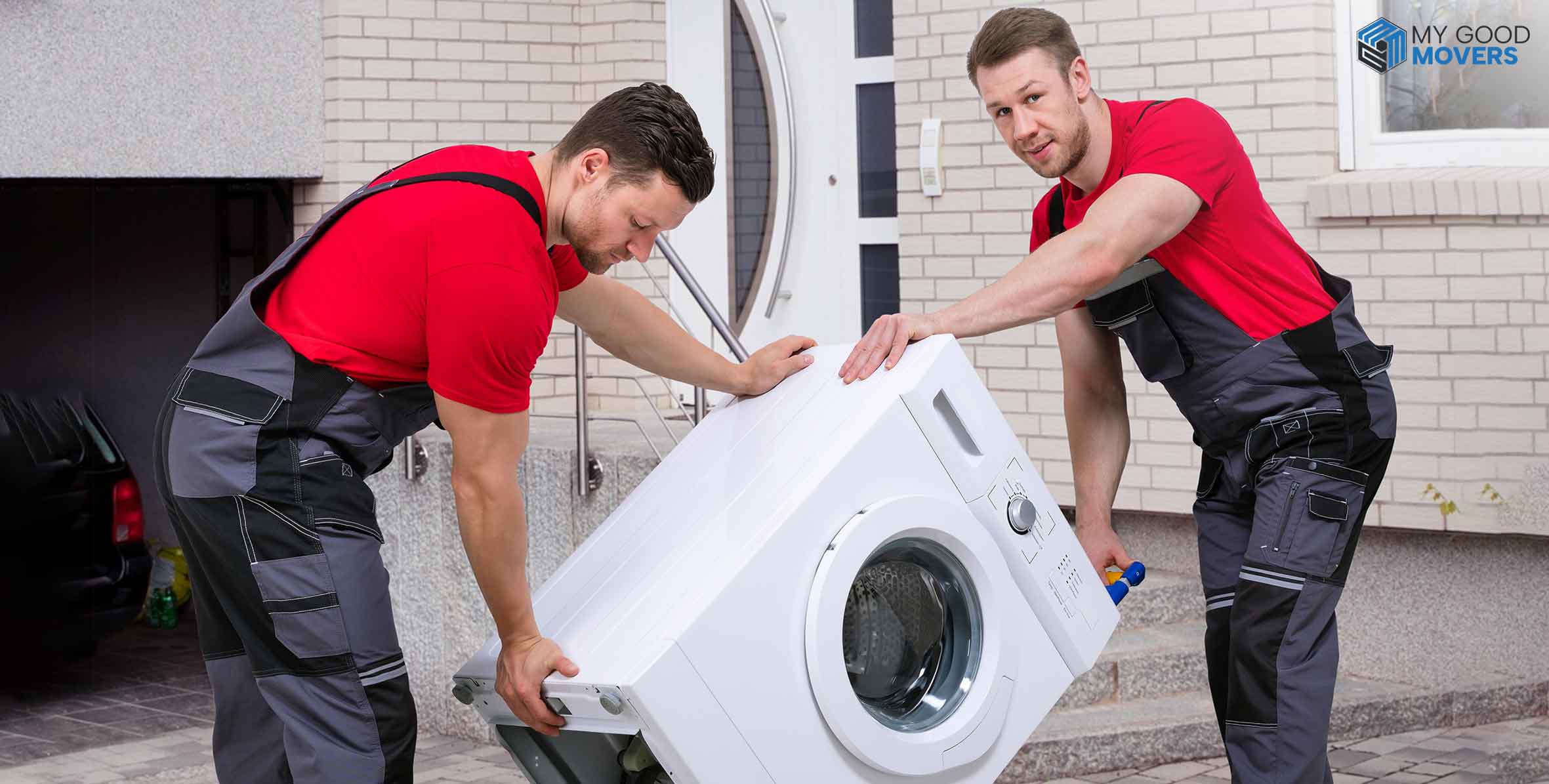





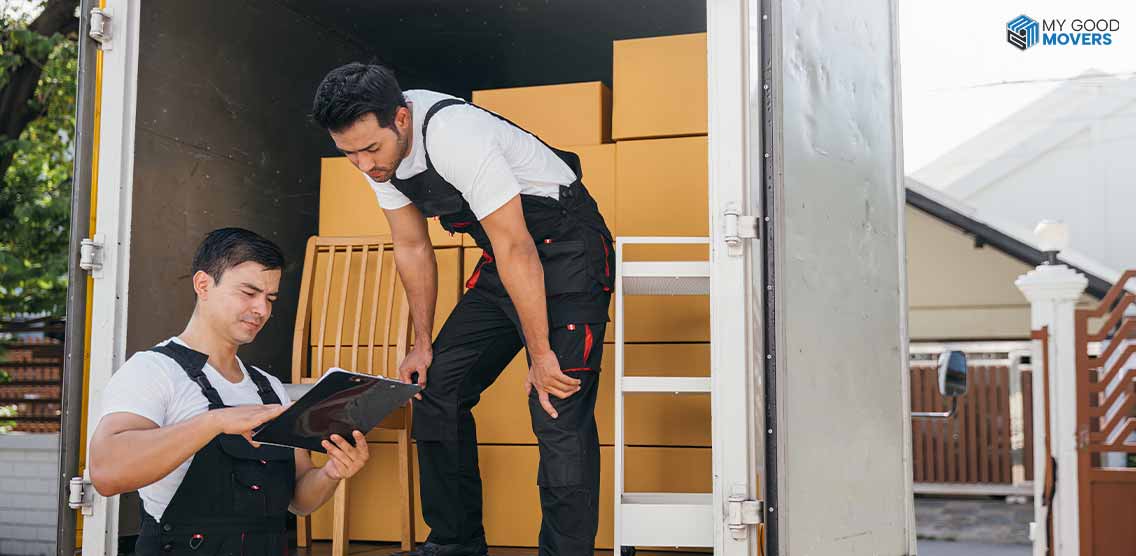

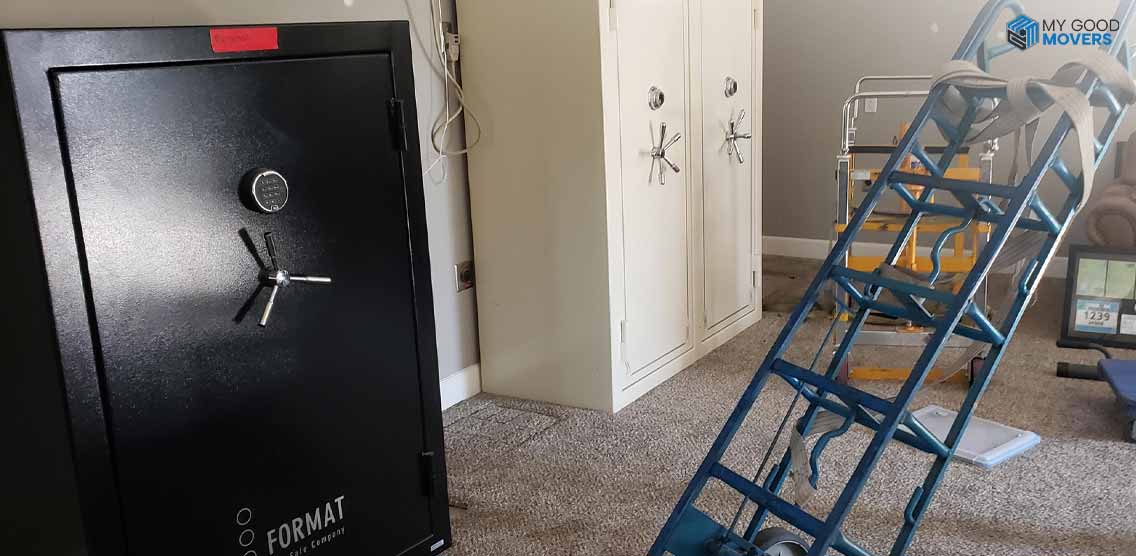
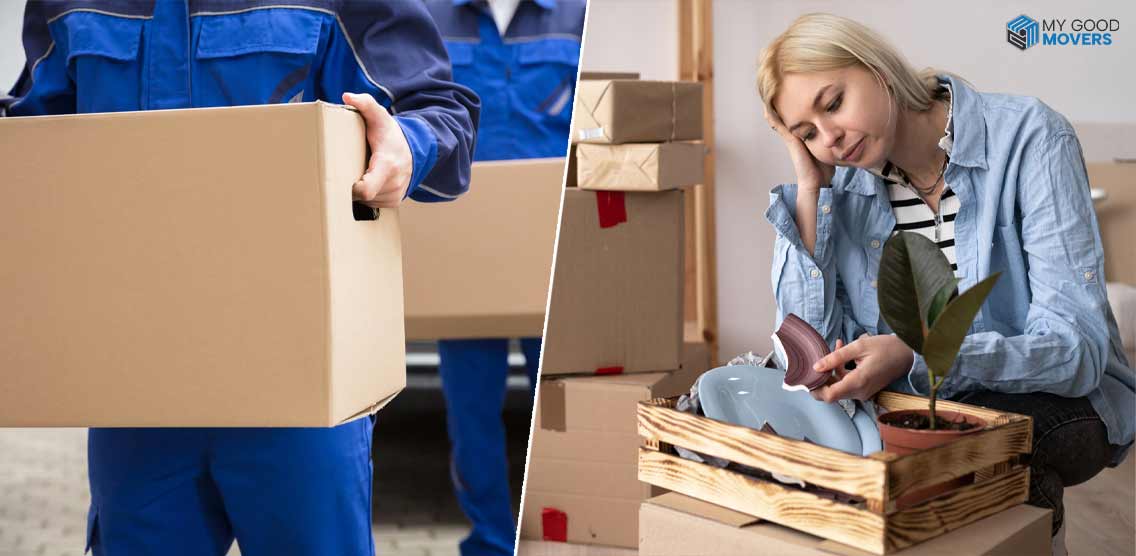




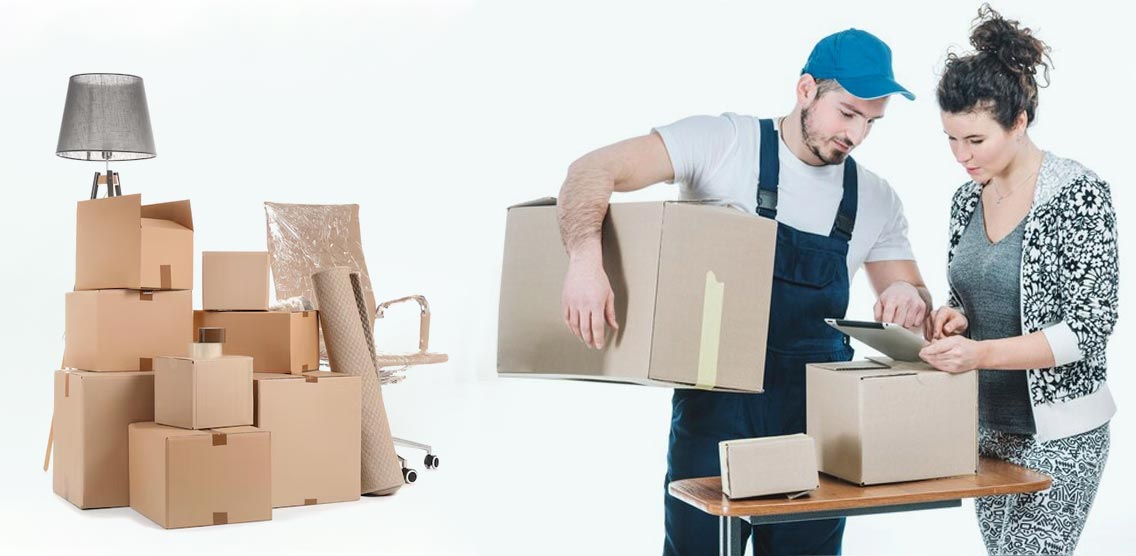




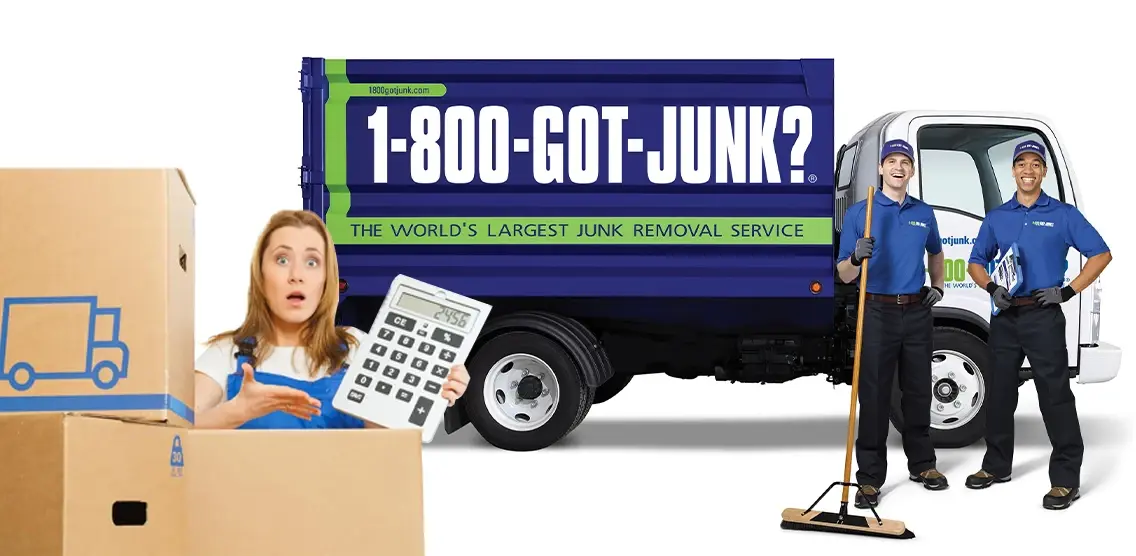




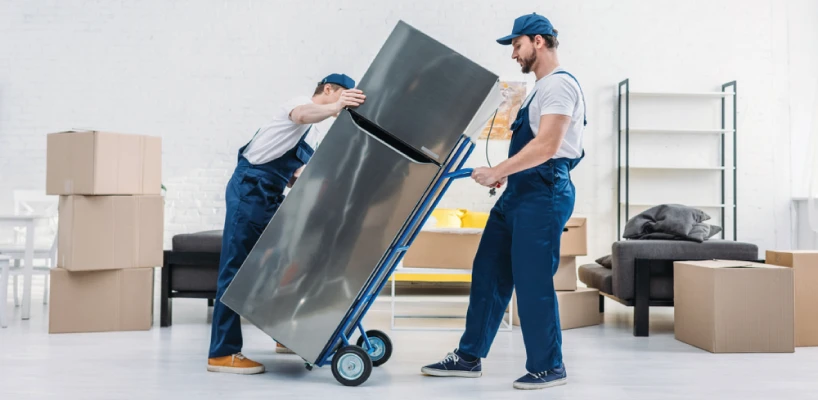

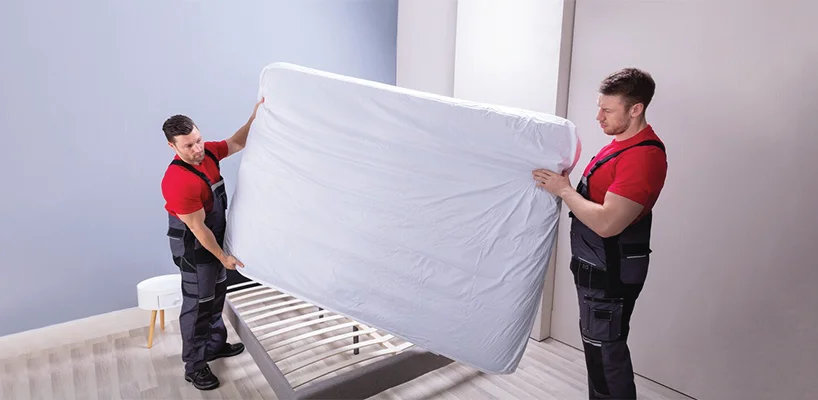


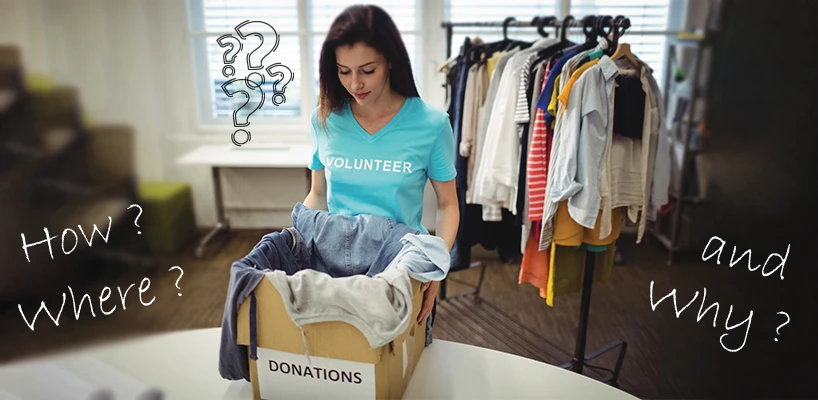

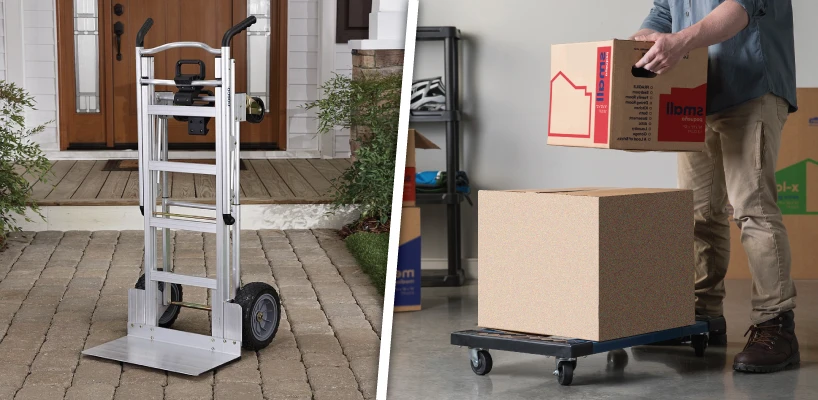
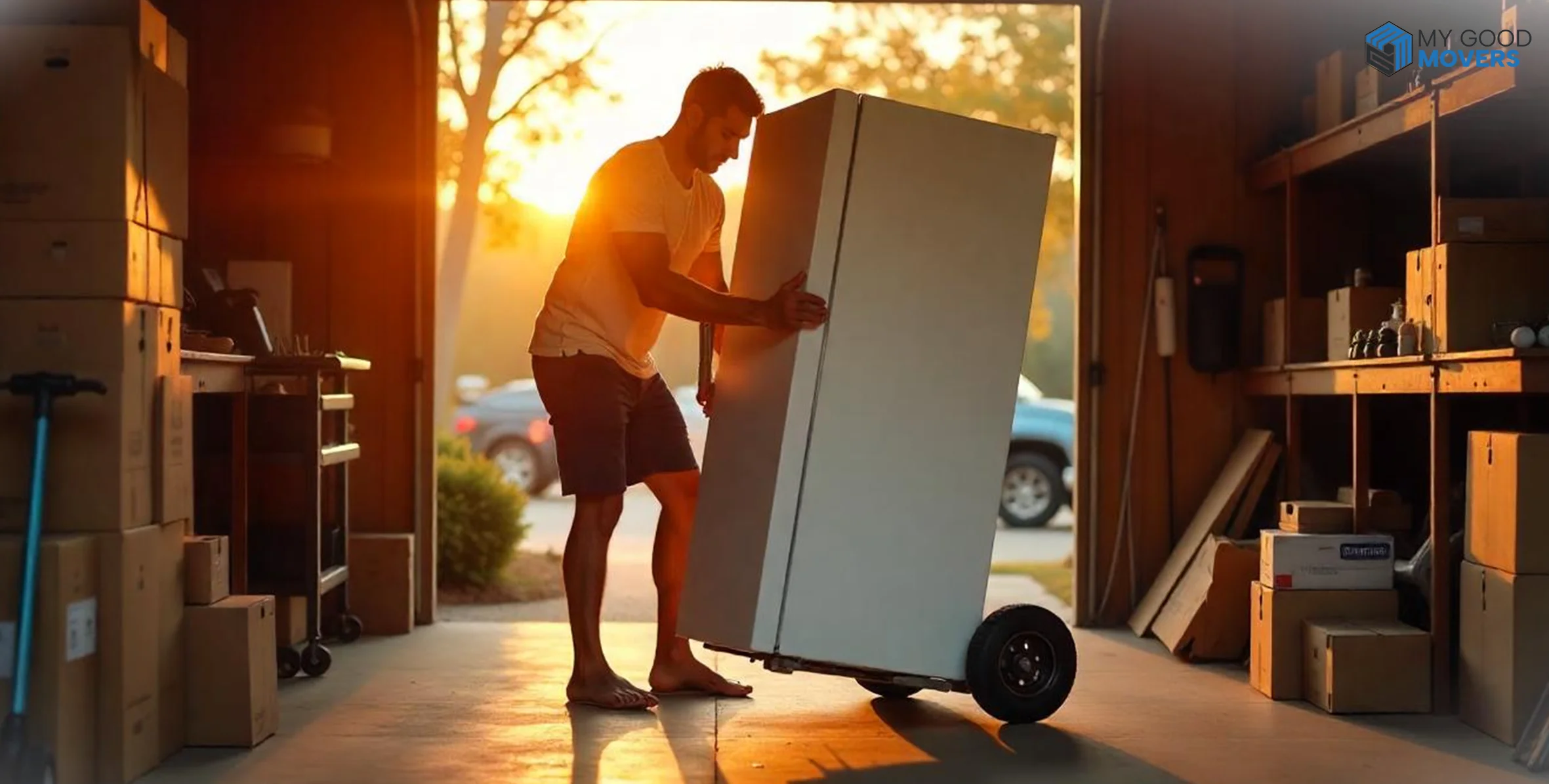
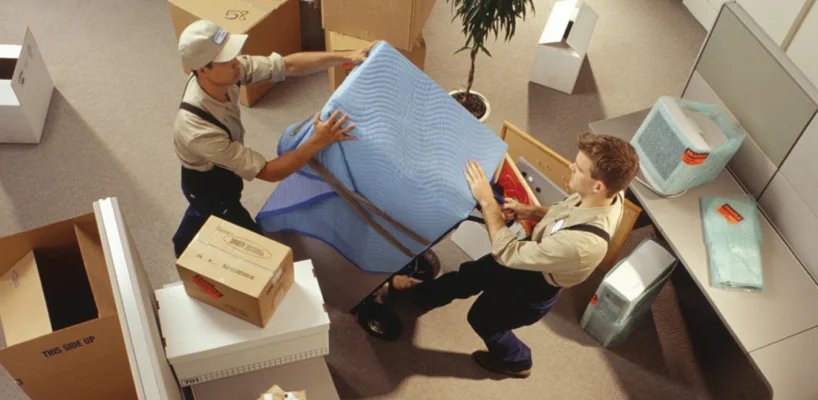





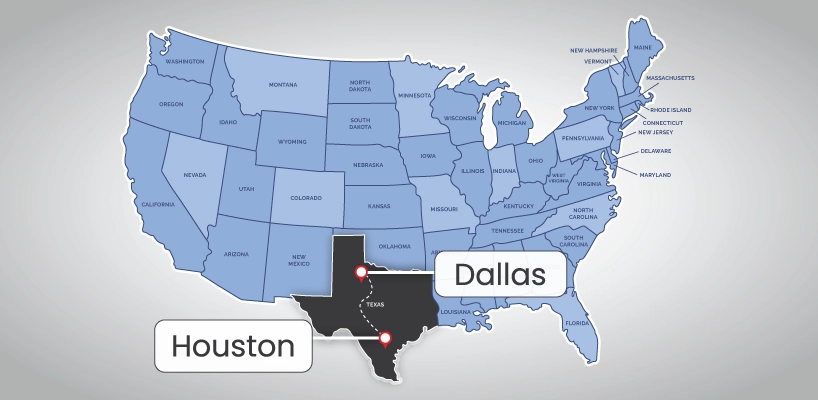








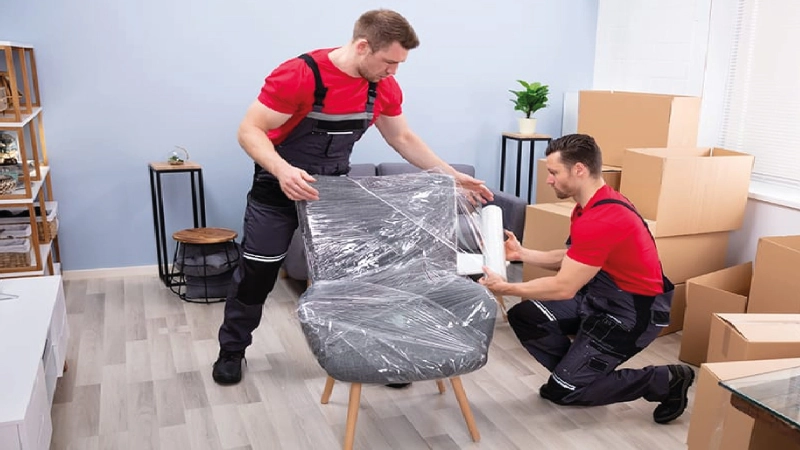

 (239) 799–6077
(239) 799–6077